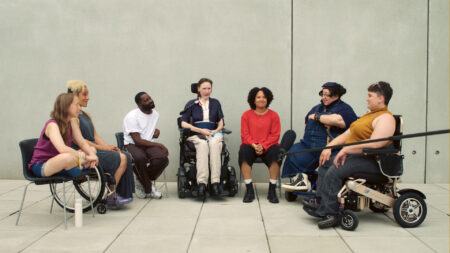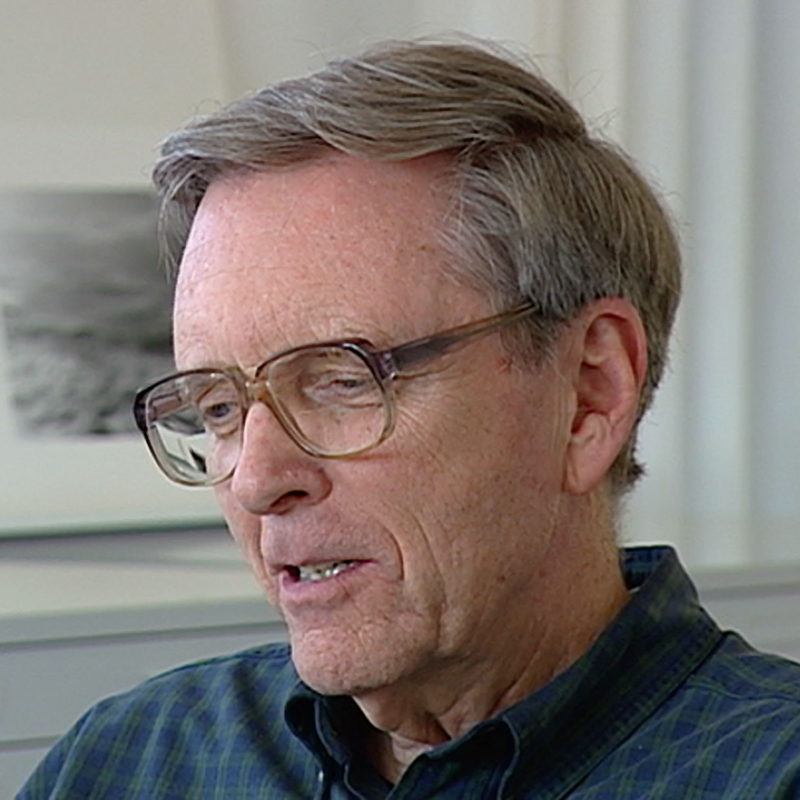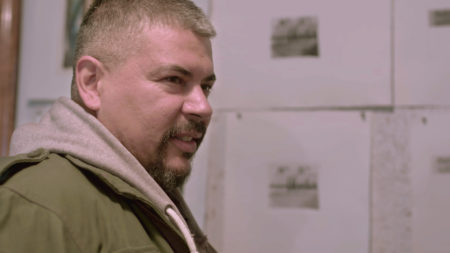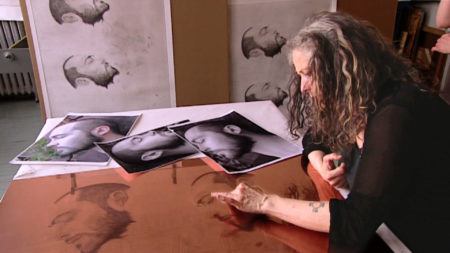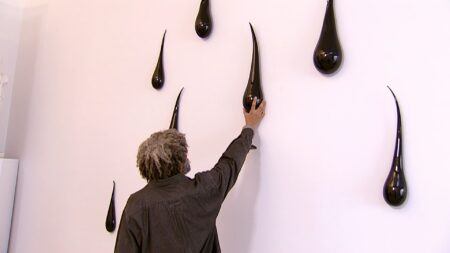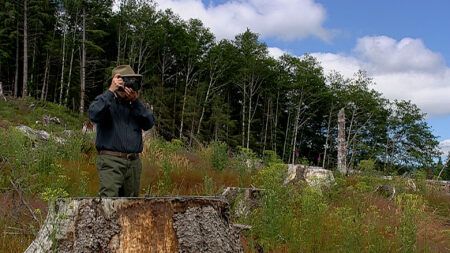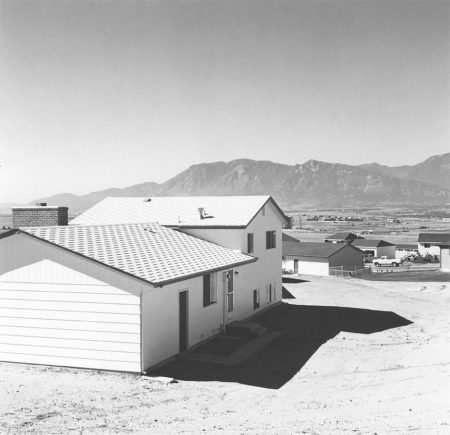Continue playing
(Time remaining: )
Play from beginning
Continue playing "{{ controller.videos[controller.getVideo(controller.currentVideo)].segmentParentTitle}}"
{{controller.videos[controller.getVideo(controller.currentVideo)].title}} has ended.
Books & GravuresRobert Adams
Drawing inspiration from nature’s inherent beauty, the photography of Robert Adams describes the evolution of the Western landscape over the past four decades; revealing the impact of human activity on the last vestiges of wilderness and open space. Through his refined and sparsely populated black-and-white photographs, Adams exposes the hollowness of the nineteenth-century American doctrine, Manifest Destiny.
In this film, Adams describes the importance of developing relationships between photographs while composing an art book, and discusses the intrinsic beauty of working with photogravure plates.
Credits
Producer: Susan Sollins & Nick Ravich. Camera: Bob Elfstrom. Sound: Doug Dunderdale. Editor: Steven Wechsler. Artwork courtesy: Robert Adams. Thanks: Matthew Marks Gallery & Fraenkel Gallery.
Closed captionsAvailable in English, German, Romanian, Italian, Japanese, Korean, Chinese, Italian
Through the Art21 Translation Project, multilingual audiences from around the globe can contribute translations, making Art21 films more accessible worldwide.
Interested in showing this film in an exhibition or public screening? To license this video please visit Licensing & Reproduction.
Robert Adams’ refined black-and-white photographs document scenes of the American West of the past four decades, revealing the impact of human activity on the last vestiges of wilderness and open space. Although often devoid of human subjects, or sparsely populated, Adams’s photographs capture the physical traces of human life: a garbage-strewn roadside, a clear-cut forest, a half-built house. An underlying tension in Adams’s body of work is the contradiction between landscapes visibly transformed or scarred by human presence and the inherent beauty of light and land rendered by the camera.
“As all photographers know, one good picture next to another good picture, and you have a third something. It may be better, it may be worse.”
Robert Adams
Printmaking
Brian Jungen
Kiki Smith
Robert Adams
Robert Adams
Robert Adams
